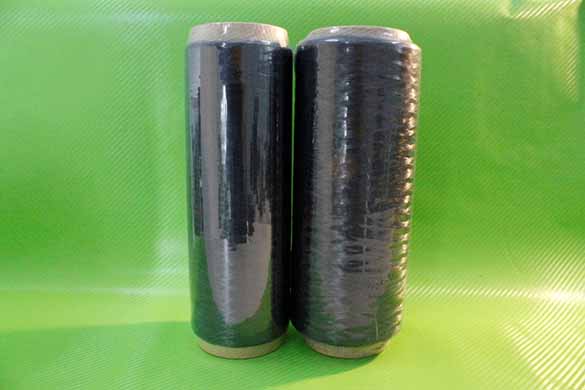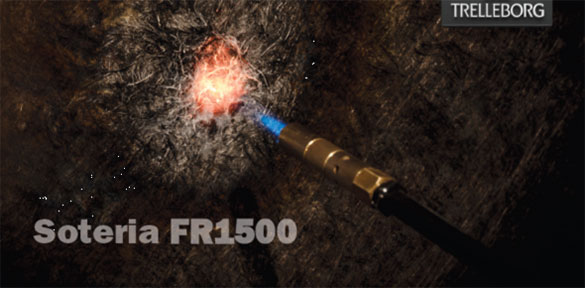1. About Mesophase Pitch-based Carbon Fibers
Mesophase pitch-based carbon fiber (MPCF) is processed by a series of processes such as spinning, oxidation, carbonization, and graphitization, using mesophase pitch, a material that is easy to graphitize, as a precursor. The lamellar macromolecules composed of carbon elements are aligned along the fiber axis, and the fibers are in a highly graphitized state, showing excellent macroscopic properties such as high modulus, high thermal conductivity, electrical conductivity, electromagnetic shielding, damping, and low thermal expansion coefficient. The modulus can reach more than 900GPa, and the thermal conductivity can reach 1200w/m﹒k or more.

Due to the characteristics of high energy density, high power density and long service life, lithium-ion batteries have thermal runaway problems. In order to improve the safety and stability of battery operation, the battery pack casing needs to be thermally conductive and flame retardant. Using the mesophase pitch-based carbon fiber composite material scheme to manufacture the battery pack shell can achieve the expected effects of substantial weight reduction of the shell, significantly improved thermal conductivity, and obvious flame retardant effect.
Mitsubishi, Trelleborg and other companies have used mesophase pitch-based carbon fibers as thermal conductivity and reinforcing materials, and developed thermally conductive and flame-retardant composite materials that can withstand more than 5 minutes in a flame environment above 1000 °C. And get application in electric vehicle battery box.
Electric vehicle battery box

Thermally conductive flame retardant composite

Mesophase pitch-based carbon fiber integrates many characteristics such as light weight, high modulus, high strength, high thermal conductivity, electrical conductivity, electromagnetic shielding, low thermal expansion coefficient, and strong process designability, and will become a key material in many fields. Material core competitiveness.